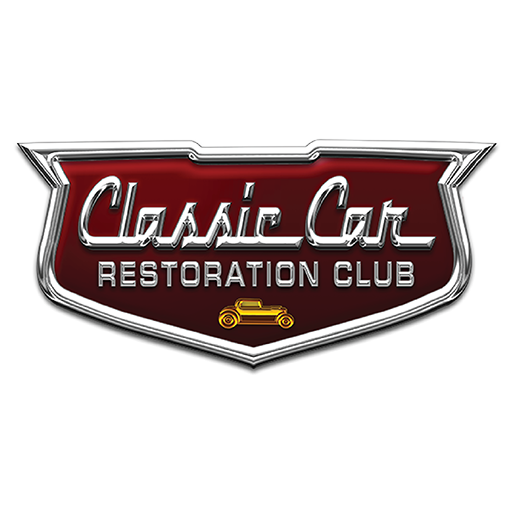
Autocross - Street Machine Nationals
Classic Car Restoration Club EditorsMost car shows are simply “Show & Shine” events, where owners display their cars and fellow owners enjoy the quality and craftsmanship they’ve put into them. But at a few shows they also include driving events like the Autocross track setup at the Street Machine Nationals in Saint Paul, MN. Rich Wilkinson, the Autocross Director for the event, explains the process of getting your car ready and what safety measures are in place.
Autocross racing, also known as Solo or Autoslalom, is a form of motorsport that involves racing against the clock on a closed course typically set up in a large parking lot or an empty area. This form of racing emphasizes precision, agility, and driver skill, rather than sheer speed, making it accessible to a wide range of vehicles, including classic cars.
The origins of autocross can be traced back to the early days of motorsport in the United States. It emerged as an informal and grassroots motorsport activity where car enthusiasts gathered in open spaces to test their driving skills. Autocross events gained popularity in the 1950s and 1960s as a safe and relatively affordable way for individuals to compete in motorsport.
Autocross events were initially held on makeshift courses, often marked by cones or chalk lines, which tested drivers’ abilities to navigate tight turns, slaloms, and other challenging features. Over time, the sport became more organized, with established rules and regulations.
Autocross is known for its accessibility and inclusivity, as participants of all skill levels and a wide variety of vehicles can take part, including classic cars. Here’s how autocross racing typically works:
Course Setup: The autocross course is laid out using traffic cones, which define a specific path that drivers must follow. The course design is intended to challenge a driver’s ability to control their vehicle while maintaining optimal speed.
Classifications: Vehicles are typically grouped into classes based on factors like performance, modifications, and the type of car. This allows for fair competition, as classic cars may be classified separately from more modern, high-performance vehicles.
Run Format: Each participant takes a series of timed runs through the course, attempting to complete it as quickly as possible without knocking over any cones or missing any gates.
Scoring: The best time from each participant’s runs is used to determine their final score. Penalties may be added for hitting cones or going off course.
Winners: At the end of the event, the driver with the fastest overall time in their class is declared the winner.
Autocross racing has a rich history rooted in grassroots motorsport and has evolved into a popular motorsport discipline that emphasizes precision and skill over raw speed. Classic car enthusiasts can participate in autocross events, enjoying the thrill of competition while preserving and showcasing their vehicles.
